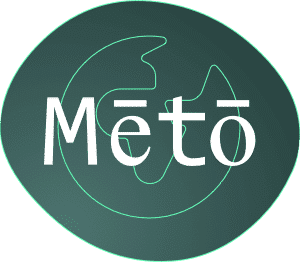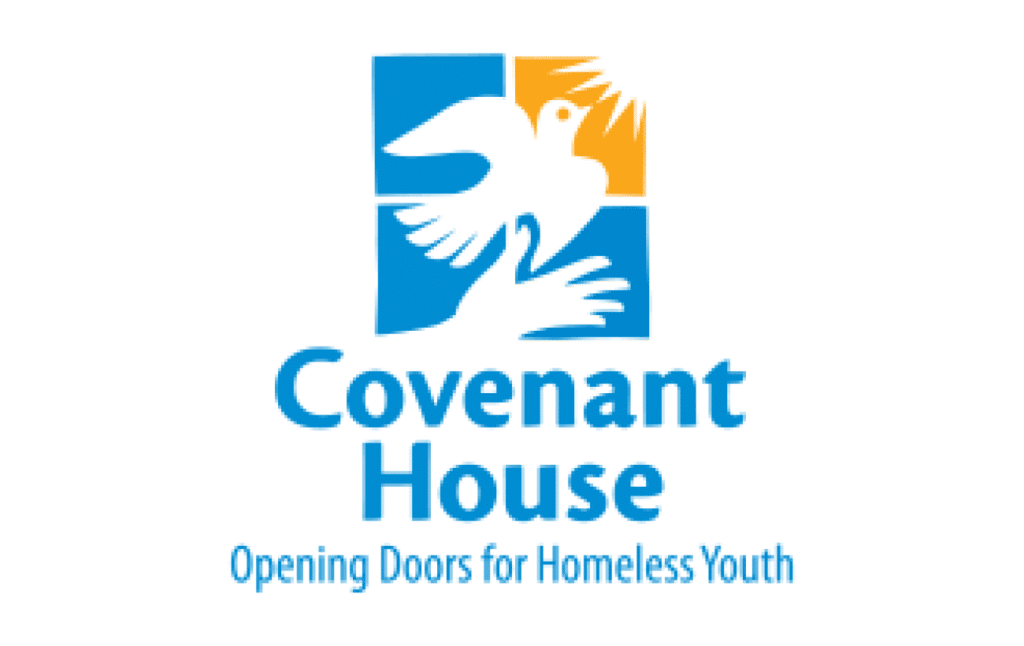Jay Kulkarni Founded Theorem Inc. in 2002 and serves as the driving force for its mantra of “Optimize Today, Build Tomorrow.”
ith the great challenges of the past two years comes significant opportunity because the barriers to collaboration are no longer defined by location. Thanks to the rise of remote work and the ever-growing appeal of the gig economy, we can seek inspiration from perspectives and skillsets beyond our own by taking a borderless approach to recruitment, collaboration and, ultimately, innovation.
By understanding how diverse perspectives contribute to innovation, we can evolve our organizations to build uniquely equipped teams to push boundaries, explore new approaches and work better together.
Diverse teams power innovation in many ways:
1. They address problems through community-built solutions.
When various perspectives guide your team, problem-solving becomes a collaborative exercise that challenges members to share, listen and learn. When each team member can contribute an approach inspired by their unique perspectives, the resulting solution will likely reflect the best possible combination of ideas. This community effort often produces creative, offbeat and more effective outcomes.
2. They innovate products for a global marketplace.
The modern consumer demands greater accessibility, transparency and personalization. In turn, companies are challenged with competing in a global marketplace while simultaneously localizing their products to reach consumers.
Harvard Business Review found that diverse teams are better equipped to tap into the goals and challenges of underrepresented communities and 70% more likely to capture new markets. Tapping their broad spectrum of skills, cultural attributes, lived experiences and difference of thought leads to the development of leading-edge products that stand out from the competition.
3. Diverse teams recognize differences as learning opportunities.
Diverse teams can be better at making decisions. A safe and inclusive environment fosters collaboration and makes room for team members to take risks and pitch out-there ideas that would otherwise remain unspoken. When it comes to diversity, equity,and inclusion (DEI), walking the walk can lead to free-flowing conversations, fearless exploration and opportunities for new voices to define how teams move forward.
Different societies may have local factors and ways of viewing the world that lend themselves to their own innovations and aspects of entrepreneurship. Often, these factors can manifest through businesses and the innovation they create. Just consider these examples:
Scandinavian and Nordic countries: These remote and inaccessible countries became the prime location for developers of original mobile technological protocols, with Ericsson and Nokia pioneering the mobile technology Bluetooth we use today.
Japan: Hailing from a small island nation with limited resources and an abundance of artistic expression, Japanese innovators excel at miniaturization, from the Walkman that paved the way for the iPod to semiconductors and transistors.
India: As an ancient civilization, India is deeply rooted in philosophy. This comfort with abstract thought lends itself to conceptual programming ideas. According to NASA, the grammar of Sanskrit aligns with the new programming paradigm that powers AI.
America: With a culture that has embraced risk since its earliest days, America’s adventurous spirit lives in many U.S. companies and consumers alike. Consumers are often willing to quickly adopt new products without much coaxing, which fuels companies’ ability to experiment with producing innovative solutions that enhance our daily lives.
As we observe the origins of world-changing technological accomplishments, we must embrace America’s ability to create the “melting pot” that has fueled our country’s success for centuries. Technology companies have employed foreign workers and relied upon diverse teams for years, but this new remote environment has made linking local cultures around the globe more accessible for all businesses.
Show up as an inclusive employer.
In today’s competitive talent market, jobseekers hold the power. Your website should show that you value diversity among teams without even saying it. For example, does your leadership team reflect diversity? When applicants can see their own identities in your organization’s leaders, they can pursue a career with your company, knowing that it will be their first step toward success.
In addition, do your communications reflect diverse points of view? Elevating voices from all levels of your company lets prospective employees know that everyone has the opportunity to contribute to innovation and progress. Remember, creating a diverse culture is less about a commitment statement and more about the actions that follow it, as applicants will be looking for these proof points.
Support a culture that embraces remote work and work flexibility.
Remote work empowers job seekers worldwide to join your team without an international move or complicated visa process. In the same way, allowing for flexible schedules enables employees in different time zones to maintain a work-life balance. This takes trust that employees will collaborate no matter where they are based.
In addition to trust, your company must ensure that employees can access technology to perform their roles. For starters, you can supply laptops, chat apps, project management platforms and home internet stipends. Additionally, promoting asynchronous updates can lessen in-person meetings that demand overlapping schedules and boost your team’s efficiency.
Post inclusive job descriptions.
When job descriptions contain degree requirements and expectations for hyper-specific skills, you miss out on diverse talent trained in that same role, just differently. Reexamine your job descriptions through a lens of inclusivity to ensure that language, requirements and desired skills welcome all genders and cultures as fitting applicants.
We’ve never led with degree requirements at Theorem. Instead, we evaluate a candidate’s skills, abilities and attitude in determining if they are the right fit for the job. Consider following our lead, along with companies like Tesla, Apple and Google, and pass on four-year degree requirements in favor of real-world experience. Chances are, a standout portfolio will tell you more about a candidate’s abilities than a decades-old Bachelor’s degree.
The key to sustaining growth in innovation lies in leveraging the cultural perspectives and globally-inspired attributes that have strengthened communities and propelled technology for generations. And that’s good news because, with the new and limitless reach that remote work provides, the future of innovation is ours to embrace.








